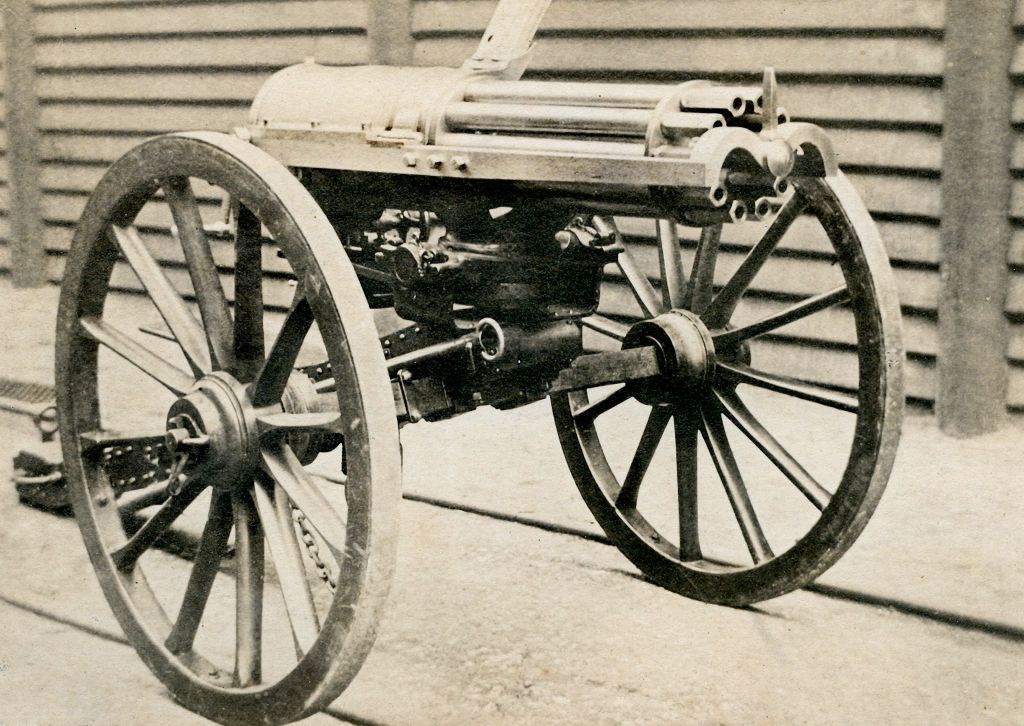

Some officers and men swore colored cords on their caps, which was not official. The color of arms was indicated on cords on the shoulders and on the badge of rank on the front of the side cap at the beginning of the war. The color of the arms surrounds the shoulder pieces. Upper collar pieces, lower shoulder pieces. Waffen-SS Insignia (from left to right): Colonel-General, General, Lieutenant-General, Major-General, Brigadier (Cavalry), Colonel (Signals), Lieutenant-Colonel (Administration), Major (Infantry), Captain (Medical), Lieutenant (Supply), 2nd Lieutenant (Mountain troops). Officers in the general’s rank had them in silver. Camouflage suits) the soldiers wore the new army and Waffen-SS rank badges on both sleeves.Īccording to SS regulations, officers had white cords on their headgear, including the side caps. On uniforms without shoulder pieces (e.g. On the shoulders, on the other hand, they wore the corresponding insignia of rank of the army. Officers from the rank of colonel had rank insignia on both collar pieces. The insignia were worn by all ranks of the Waffen-SS up to the Lieutenant Colonel (Obersturmbannführer) on the left collar piece. Since January 1944 this two-piece drill uniform began to be issued in camouflage material.Even before the outbreak of the war, the Waffen-SS began developing light clothing to be worn by its assault units, together with camouflage clothing.Īfter initial difficulties in producing sufficient quantities of camouflage clothing, covers for helmets and shirts with camouflage patterns were issued in limited quantities (see photo at the top).ĭuring the war these camouflage patterns were widely used and became an unmistakable symbol of recognition for soldiers of the Waffen-SS. Private of the Panzer troops of the LSAAH.


 0 kommentar(er)
0 kommentar(er)
